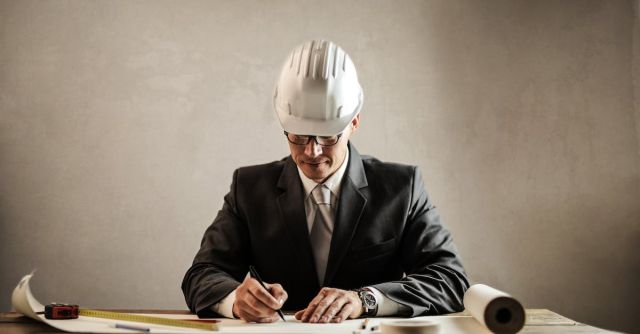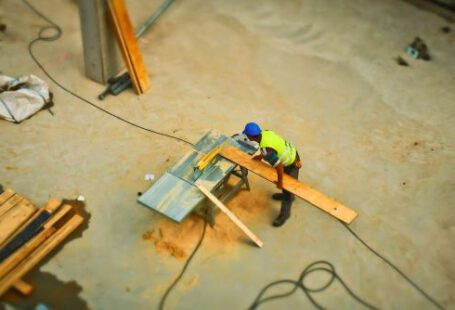The history of safety helmets is a fascinating one, and has seen some remarkable advances in the design and materials used. The concept of a protective headgear dates back centuries, but it wasn’t until the early 20th century that the modern safety helmet was developed.
The Early Years
The first modern safety helmet was developed in the early 1900s. It was designed to protect miners and construction workers from head injuries. It was made of leather and had a hard brim to protect the forehead, and it was secured with a chin strap. It was also heavily padded on the inside for comfort.
In the 1930s, the design of the safety helmet was improved to include a metal shell for additional protection. This style of helmet became standard in most industries and was widely used by firefighters, police officers, military personnel, and even some sports teams.
The Rise of Plastic
By the late 1940s, plastic helmets had become increasingly popular, as they were lighter and more comfortable than the traditional metal helmets. These helmets were also much less expensive to produce, making them more accessible for the general public.
The plastic helmet soon became the standard in a variety of industries, and it was also widely used in motorsport and other extreme sports. The plastic helmets of this era were designed to be lightweight and durable, and they featured a variety of eye and face protection.
Modern Helmets
In the late 20th century, advances in material science and manufacturing techniques allowed for the creation of even lighter and stronger helmets. These helmets are typically made from high-density foam and other strong materials such as carbon fiber and Kevlar.
The modern safety helmet is designed to protect the head from a variety of impacts, and it also includes ventilation systems and other features to keep the wearer cool and comfortable. Many modern helmets also feature removable liners and adjustable straps for a custom fit.
Safety Standards
In addition to advances in design and materials, safety standards have also been established to ensure that helmets are effective in protecting the wearer. These standards are regularly updated to ensure that helmets are up to date with the latest safety technologies.
Most countries have their own set of standards that helmets must meet, and these standards are usually set by the government or other regulatory bodies. It is important to make sure that a helmet meets all of the applicable safety standards before using it.
Conclusion
The history of safety helmets is an interesting one, and it has seen some remarkable advances over the years. From the early leather helmets of the 1900s to the modern high-tech helmets of today, the safety helmet has come a long way. Today, safety helmets are designed to be comfortable, durable, and effective in protecting the wearer from a variety of impacts.






